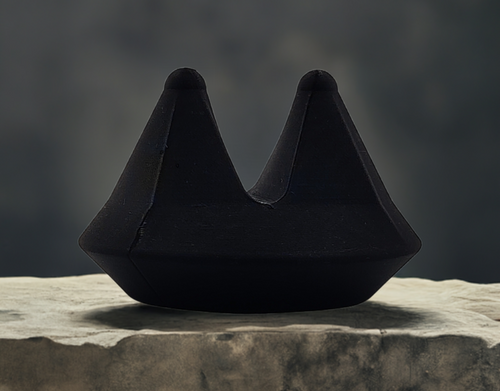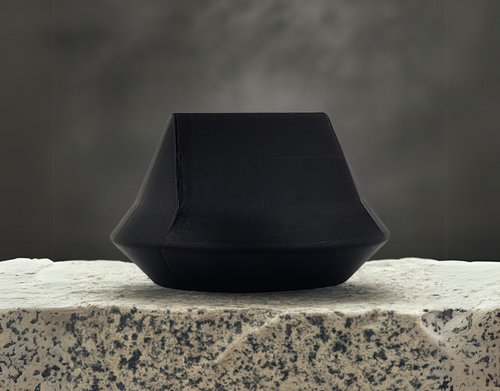Dizziness associated with migraine is a common but often underdiagnosed problem. In this article, neurology specialist Markku Nissilä explains what vertigo migraine is, what symptoms it is associated with, and how it can be treated.
Prevalence of vertigo migraine
Vertigo migraine occurs in about 1–3% of the population, but up to 10% of migraine sufferers suffer from recurrent attacks of dizziness. The dizziness can be spinning, rocking, or even a constant feeling of unsteadiness. The sensitivity of the balance system is very often evident even before the actual migraine begins. Motion sickness in children is significantly more common in people who are later diagnosed with migraine. This tendency may be related to some of the currently known 123 genes associated with migraine.
Symptoms and manifestations
Dizziness associated with migraine can be:
- Nausea and spinning dizziness associated with head movements.
- The duration varies from seconds to up to three days.
- Typical migraine symptoms may be present, such as headache, sensitivity to light and sound, and nausea, but in some people, dizziness also occurs without a headache.
- Symptoms may also include tinnitus, hearing sensitivity, and balance problems.
Diagnosis and differential diagnostics
Diagnosing migraine with vertigo can be very challenging because not all attacks are accompanied by a headache. The vertigo may resemble benign positional vertigo, but in migraine with vertigo, attacks usually occur more frequently and the duration of symptoms varies. The International Headache Society (IHS) classification of diseases now includes benign positional vertigo as a possible migraine-related symptom. When making a diagnosis, it is important to rule out other possible causes, such as neurological diseases. About a third of people with migraine who visit my practice have abnormalities in balance tests. In a voice test, the sound of a voice box pressed against the forehead in the midline of the skull is heard on either side, when normally the sound should be heard in the middle. In addition, when marching in place with eyes closed, there is a turn to the side where the voice box is worn more heavily.
Treatment and quality of life
Treatment of migraine with aura is similar to that of other forms of migraine; the most important thing is a comprehensive symptom assessment and, if necessary, the use of seizure and preventive medications, as well as taking into account lifestyle factors such as stress and lack of sleep. In the treatment of seizures, prochlorperazine has proven to be the best option in practice. In the prevention side, several conventional medications for migraine with aura have proven to be effective. With the right treatment, symptoms can often be well controlled.
Summary
Migraine-related dizziness is therefore a significant and often underdiagnosed problem, but identifying the syndrome can effectively improve the quality of life of those suffering from vertigo-migraine.

Markku Nissilä, neurology specialist




